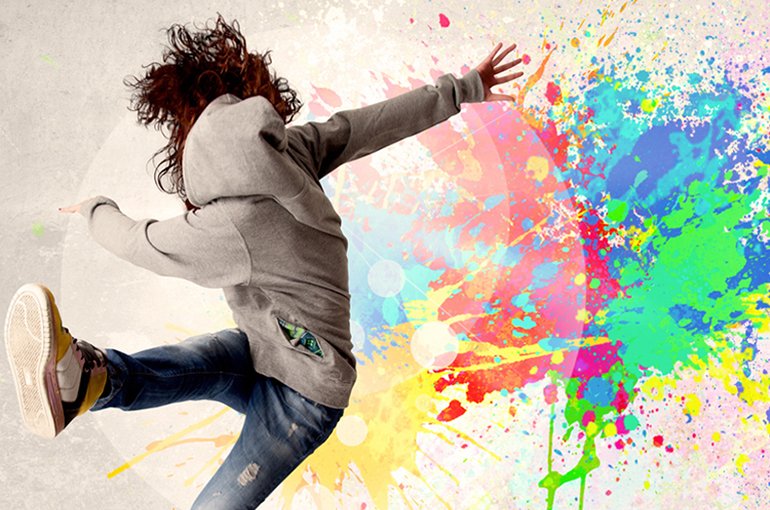REGENERART project: Rethinking gender equality through art

The recently launched REGENERART project promotes art and creativity as innovative tools to work towards a more equal and inclusive society, free of gender stereotypes and gender-based violence. Together with seven European partners, researchers of the Graduate Gender Programme (GGeP) and MOED Museum of Equality and Difference will work on this project for the coming two years. The project is partly sponsored by the Erasmus+ of the European Union.
REGENERART
Art has too often contributed to the crystallisation and reproduction of gender stereotypes and unequal relations between men and women. However, art also has the intrinsic power to rewrite the collective perception of men’s and women’s roles. The REGENERART project aims to increase the competences of secondary school teachers and students to re-think gender roles and stereotypes, using art and creativity as tools. This way they aim to work towards a more equal and inclusive society, free of gender-based violence against women and discrimination.
Art has the intrinsic power to rewrite the collective perception of men’s and women’s roles.
Participating scholars
Four researchers of GGeP/MOED will be working on the REGENERART project. Rosemarie Buikema is Professor of Art, Culture and Diversity and is chair of the GGeP. She is the project manager for the Dutch branch of REGENERART.
Asisstant Professor at the department of Media and Culture Studies Domitilla Olivieri is working as a supervisor for the project.
Deirdre Donoghue, PhD researcher at the Institute for Cultural Inquiry, is involved as a researcher in the project.
Astrid Kerchman, project coordinator of MOED Museum of Equality and Difference, is working as a research assistant for REGENERART.
Outputs
REGENERART is planned to run for two years, in which GGeP and MOED will work on two outputs. The first is output 101, an E-learning course for teachers, in which they will learn how to make an innovative use of art and creativity. This will offer them the tools to conduct creative educational activities with their students, using art to talk about gender stereotypes and gender-based violence. The second is output 104, the REGENERART Textbook. This textbook takes teachers, students, and any other reader, to a journey throughout art history. The textbook will present explanatory examples of how art has been influenced by the gender roles existing at that time and, concurrently, how art must have influenced the societies in which it was and still is embedded.

